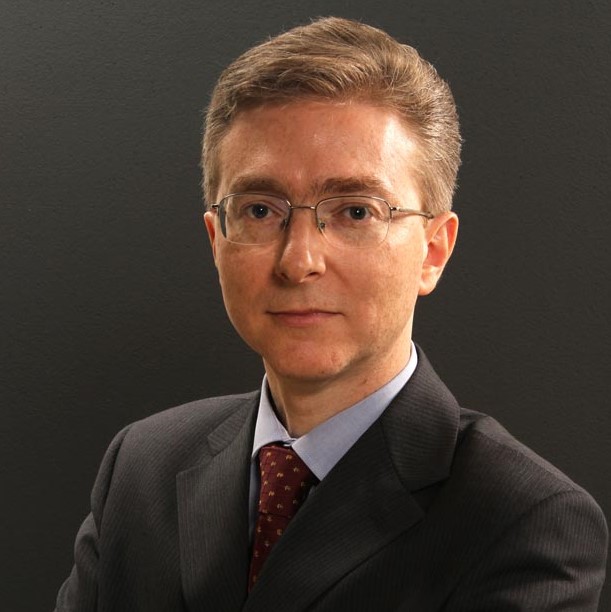Pierluigi Poggiolini
Politecnico di Torino, ItalyFor fundamental contributions to the understanding and modeling of WDM systems and for the analysis of the limits imposed by fiber nonlinearities on the performance of fiber communication links.

Pierluigi Poggiolini says his favorite part of the research process is actually not the time he spends on research. “Some of my best intuitions have come to me away from the office, such as while showering, lying in bed before going to sleep, or taking a walk on the riverside,” he explains.
Pierluigi’s research focuses on Optical Fiber Transmission Systems, specifically ultra-long-haul and broadband systems. He says that the field was “fledgling” when he first got involved, but that it has “really blossomed.” Pierluigi, some would say, has grown along with the development of the field. He was the first graduate student in the Optical Communication (OptCom) Group at Politecnico di Torino when he was working on his Master’s degree in 1989, and is now the head of the group.
He credits three professors as mentors and notes that each of them taught him different things. “One was Prof. Mario Pent, who sadly passed away a few years ago. He got me interested in telecommunications and offered me a Master Thesis on optical fiber systems. Then Prof. Sergio Benedetto, with whom I did a lot of fun research on POLSK, an early version of today’s coherent polarization-multiplexed optical systems. He taught me lots of things on statistical analysis of communication systems. Then, Prof. Leonid Kazovsky, in whose lab I worked at Stanford first as a visiting student and then as a post-doc, overall from 1991 to 1995. He taught me to be focused and effective in what I did, an invaluable teaching.”
Pierluigi adds that his time with Prof. Kazovsky was not without setbacks. He spent more than a year setting up an experiment and had a one-of-a-kind prototype optical receiver fail on the day that the experiment was to start producing results. Although this was “probably the worst” of his setbacks, he survived and notes that obstacles and disappointing outcomes are normal in research.
On the opposite end of the spectrum, he says that the coolest result he’s ever obtained, and what has given him the most satisfaction and recognition, is the “GN-model” and related studies. In layman’s terms, this research “allows much easier design and management of the big optical networks that criss-cross the world and are the actual backbone of the internet.”
Pierluigi acknowledges that some say the physical limits of the optical fiber and other optical systems are almost reached and that future progress will slow. He does not think this is the case and thinks that researchers will “figure out new ways to keep going on an exponential performance growth for at least several more years.” He adds that many people think the next big thing will be “spatial diversity” which he would rather call “greater integration.” He says that this has been the key to success in electronics and should “come to the optical realm as well.” He thinks “this is the real deal and the tough nut to crack.”
“Maths is the key to technical and scientific research. You gotta have that. Never enough, never too much,” he notes. When asked about advice for those interested in STEM careers, he says, “go into biology, specifically genetics or AI” as he thinks these will be the hot topics in the future of science. He adds that there are “cool optical technologies that apply to both fields.”
Pierluigi concludes that optics and photonics research “is a wild ride—new things come up all the time.”
Profile written by Jeanette Gass
